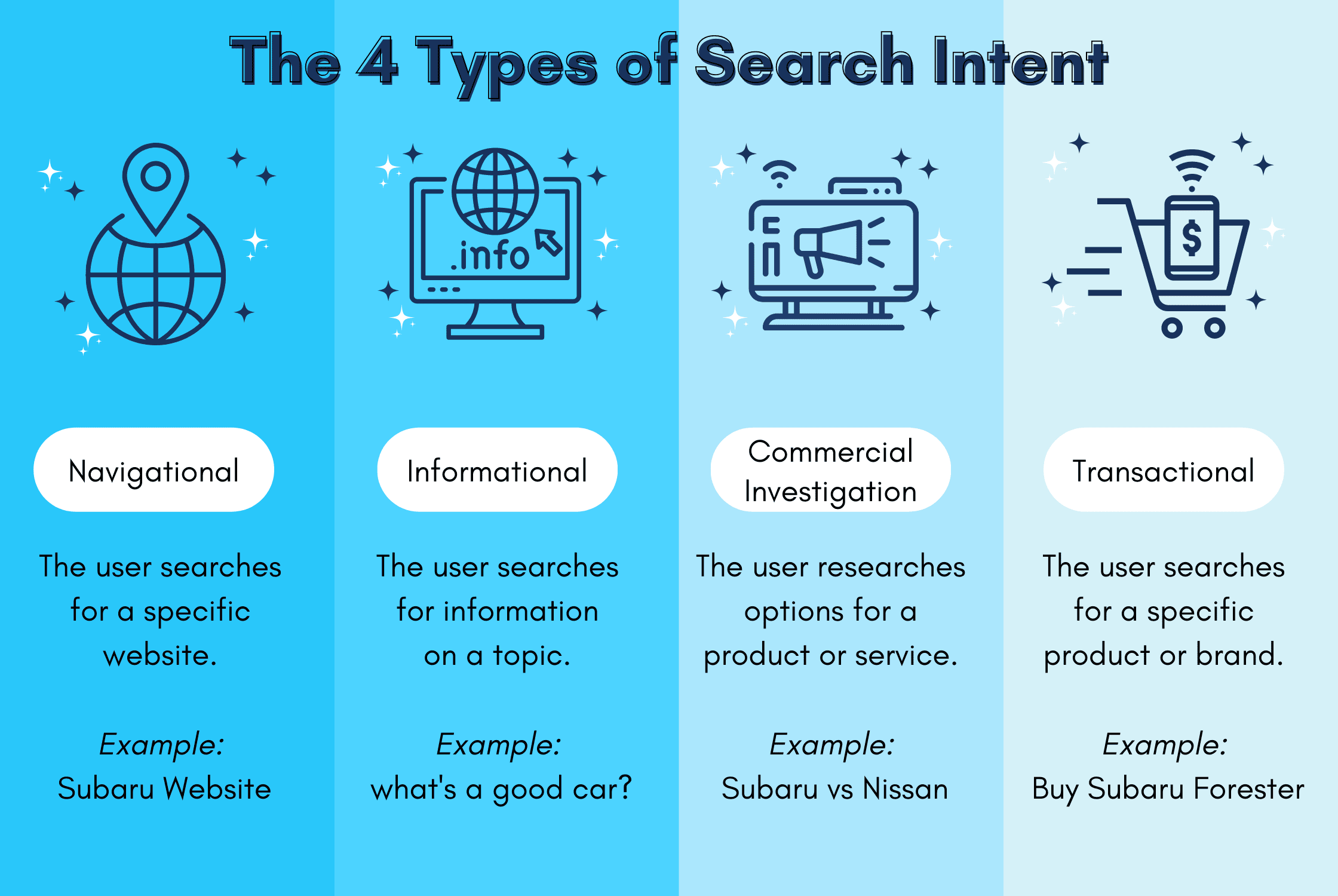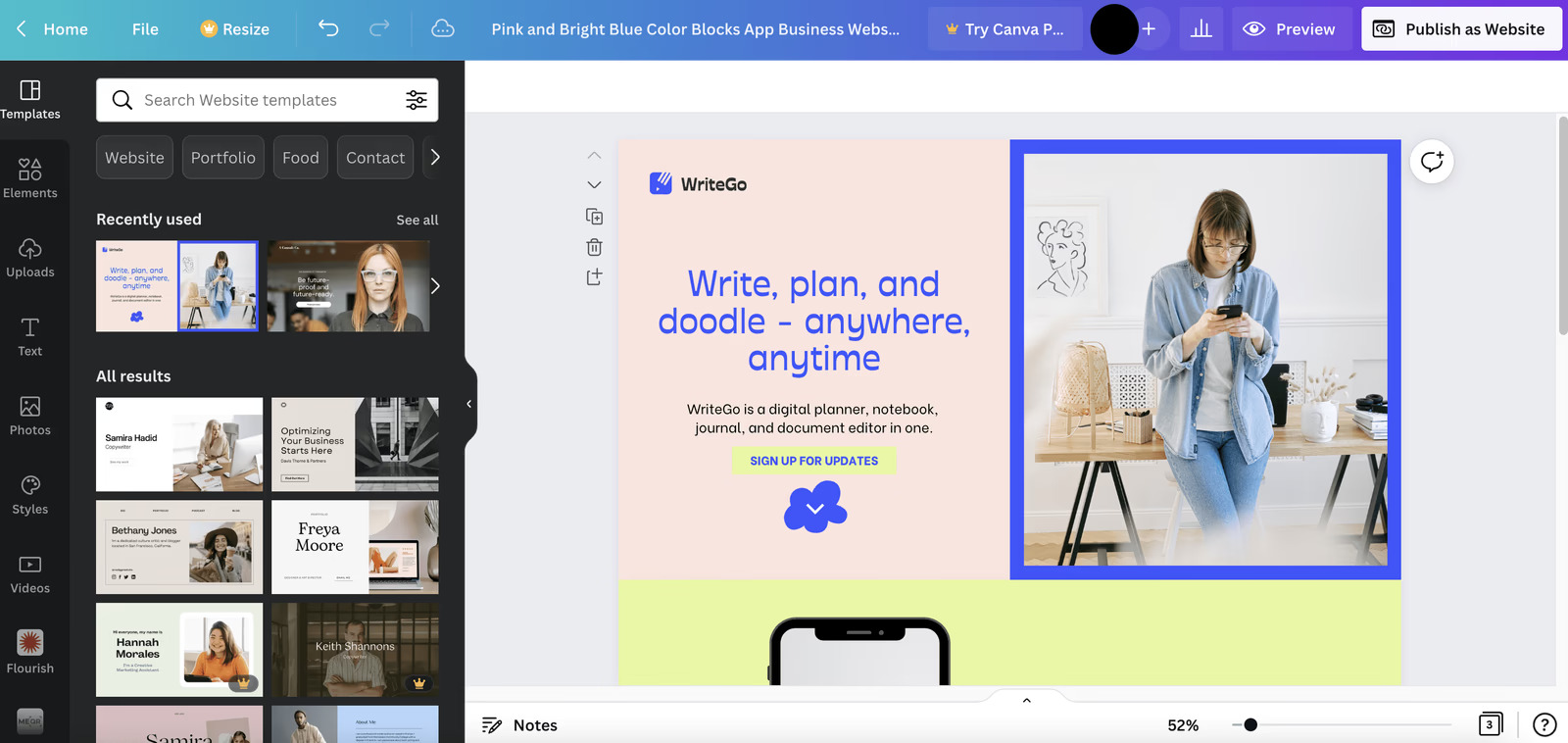Programmatic SEO: A Comprehensive Guide
Table of Contents

- jaro Education
- 27, September 2024
- 6:00 pm
Programmatic SEO has emerged as a game-changer for businesses looking to dominate search results and capture organic traffic at scale, and how you can use it to boost your social media strategy. Take Zapier, for example — they drive over 306,000 organic visitors per month with a strategy centered around programmatic SEO. With around 800,000 landing pages targeting related keywords such as “currency converter,” they achieve massive reach using a single content template.
Brands like Wise, Yelp, Tripadvisor, and Zillow are following suit, leveraging thousands of template-based pages to capture an astonishing number of organic visitors across countless search queries. In this blog, we’ll explore how programmatic SEO works, why it’s so effective.
What is Programmatic SEO?

*Growth Marketing Minded
Simply put, Programmatic SEO, or pSEO, is a method that involves the automated creation of keyword-focused web pages. These pages are built using a standardized template, with specific elements dynamically adjusted based on keywords or other predefined criteria.
Through programmatic SEO, businesses can generate hundreds or even thousands of landing pages tailored to target specific keywords, all without manual effort. Here are some Programmatic SEO examples:
G2’s programmatic SEO strategy drives over 6.6 million monthly organic visitors by automating the creation of content such as software comparison pages and “best of” lists.
Zapier has developed unique landing pages for each of the thousands of products they support, detailing the tools they integrate with and the workflows that can be automated.
Webflow, a no-code website builder, has effectively leveraged programmatic SEO to create unique landing pages for thousands of website templates crafted by its users. This approach not only drives significant traffic but also simplifies the process for visitors to clone these templates, encouraging them to become Webflow users.
How To Get Started With Programmatic SEO?
Creating content programmatically can become complex quite rapidly. Managing and updating thousands (or even millions) of data points, ensuring countless URLs are properly indexed, and establishing numerous internal links all require significant effort. Developing a platform similar to G2 or Zapier typically demands the expertise of skilled developers.
However, not all programmatic SEO projects need to be this intricate. You can still drive substantial traffic with just a few hundred or a few thousand pages.
Here’s an easy, no-code approach to jumpstart your programmatic SEO efforts. This method will help you discover high-potential keywords, automatically generate prototype pages, and improve communication with developers who will help bring your vision to reality.
1. Identify Scalable Keywords
Programmatic content relies on targeting numerous related keywords using a single, standardized page template. To begin, focus on finding relevant keywords that have many similar variations—potentially in the hundreds or thousands.
2. Identify Your Head Terms
In most programmatic SEO strategies, you’ll encounter what are known as “head terms.” These are the primary, broad categories you aim to rank for. Examples of head terms include:
- MakeMyTrips: Things to do, hotels
- Airbnb: Restaurants, Hotels
- Walmart: Groceries, electronics
Head terms typically generate a high volume of searches and are often combined with modifiers (we’ll discuss this in more detail later).
After identifying several head terms, use a keyword research tool to check their search volume.
For instance, If you are doing programmatic SEO for a personal finance website, you could focus on phrases such as debt management, cost of living, and expense tracking. To broaden your range of potential keywords, consider utilizing the Matching Terms report to find related options.
In this example, we identified 1.4k keywords with a total monthly search volume of 1,22,000. Achieving high rankings for even a small portion of these keywords could significantly boost your website’s traffic.
These keywords are ideal for programmatic SEO. The content that would assist someone searching for “cost of living in the UK” would likely be quite similar to what would help someone looking for “cost of living in Germany.”
While the data on each page must be unique, the overall structure and core concepts would remain consistent.
Combine Your Head Term with Modifiers
A “modifier” is a word or phrase added before or after a primary term to create a more specific keyword. This can result in a long-tail keyword, depending on the length and combination of the primary term and modifier.
For example, in Tripadvisor, the primary term could be “hotel,” and a city name would serve as the modifier. Similarly, for Zapier, “integrations” is the primary term, and the tool name acts as the modifier. In our example, the head term is “cost of living” and modifiers are names of cities.
Modifiers transform primary terms into targeted keywords, which are essential for programmatic SEO. By pairing primary terms with relevant modifiers, you can generate a large list of keywords and develop a landing page template tailored to these keywords.
The choice of modifiers depends on thorough keyword research and understanding the search intent. Not all combinations of primary terms and modifiers will have significant search volume or interest. With programmatic SEO, many of the targeted keywords might have little or no search volume. The strategy involves targeting numerous keywords to comprehensively cover a niche, creating a synergistic effect that drives substantial organic traffic.
To sum up, the format for effective keywords in programmatic SEO should be:
Head Term + Modifier
Determine Search Intent

*DashClicks
The next step is to identify the type of content that would best serve users searching for these keywords. By examining the search engine results pages (SERPs) for several “cost of living” terms, you will notice that many results share similar information, such as:
- Comparisons with neighboring states
- Typical expenses for key categories like housing, groceries, and healthcare
These data points provide insight into the kind of information necessary to fulfill the searcher’s intent. Users are looking for a quick way to compare the cost of living across different states, along with a breakdown of expenses in key categories.
For your programmatic content, it’s advisable to include these data points on each page.
Develop Landing Pages

*Canva
After compiling a comprehensive list of primary terms and modifiers (keywords), the next step is to build landing pages. It’s essential to have a dedicated landing page for every keyword targeted in your programmatic SEO strategy.
To do this effectively, you should design a template with a clear structure. While each landing page should be distinct—featuring unique metadata, headings, product visuals, CTAs, and other specific elements—the core content will largely remain consistent across pages.
For instance, Zapier modifies only the tool’s name on its programmatic SEO landing pages, while all other content, including calls to action, remains unchanged.
Key Considerations for Programmatic SEO
When it comes to SEO that involves automation and technical processes, there are certain risks to be mindful of. Programmatic SEO (pSEO) requires careful attention, as even a small error can significantly impact your website’s organic traffic and take months to recover.
Here are the two most critical aspects to watch out for when launching and managing a programmatic SEO campaign:
1. Avoid Doorway Pages
Google defines doorway pages as those created to rank for specific, often similar keywords, with the primary purpose of redirecting users to a different page. These pages do not provide valuable content and merely serve to funnel traffic elsewhere.
2. Optimize Your Internal Linking Strategy
Effective internal linking is vital for achieving success in programmatic SEO. Since obtaining backlinks for every landing page can be challenging and may appear unnatural, strategically using internal links is your best option. This approach allows you to distribute link equity from relevant pages to your targeted landing pages.
3. Valuable Programmatic content
Publishing a large number of nearly identical pages can lead to what is known as thin content—content that provides minimal value to users. Just like any other type of content, programmatically generated pages must meet user intent and adhere to Google’s spam guidelines.
The difference between high-quality and low-quality programmatic content often comes down to data and relevance. Platforms such as Wise and Zapier attract millions of page views from their programmatic content because they present meaningful, product-related information in a way that benefits the reader.
Best Programmatic SEO Tools
Programmatic SEO tools streamline the process of generating SEO-optimized content, enabling websites to expand their keyword-targeted pages more effectively. These tools leverage AI to produce dynamic content and integrate seamlessly with different CMS platforms. Here are the best programmatic SEO tools to optimize your pSEO strategy:
- Engyne ($200/month): Engyne is a comprehensive platform designed for Programmatic SEO. It streamlines the process of keyword research, guides content development, and assists in creating a dynamic SEO collection. You can utilize a single page template with customizable variables that adjust based on the page title.
- Bardeen AI (Free): Bardeen is a powerful data scraping tool that requires no coding skills. You can effortlessly scrape links, text, and images from web pages by simply clicking on the desired data, and it will automatically identify similar elements across the page. This feature is particularly beneficial when dealing with pages that have infinite scrolling or pagination.
- Byword.ai ($99/month): Byword.ai is an essential tool for automating content creation and enhancing your SEO efforts. It quickly generates thousands of SEO-optimized pages by leveraging natural language processing, ensuring high-quality content tailored to your SEO strategy.
- Ahrefs ($249/month): Ahrefs is a well-regarded tool in the SEO community, known for its robust feature set. It offers invaluable resources for keyword research, backlink analysis, and site audits, making it an essential component for any successful programmatic SEO approach.
How Jaro Education Helps?
Jaro Education is a perfect guide and support for any aspiring candidate looking to boost their career opportunities. By moulding industry-linked courses with individualised mentorship and accessible learning, Jaro ensures that the student holds everything in knowledge, skill, and confidence to do well in a highly competitive job market. Jaro is committed to career counselling, networking activities, and exposure to the global environment, a perfect platform for a student to fulfil his aspirations in career opportunities, whether the student wants to progress in the current job or is planning a brand new career path.
Find The Best Institution To Pursue Programmatic SEO
- Professional Certificate Programme in Digital Marketing for Performance & Growth – IIM Kozhikode

Programme Snapshot:
This is an interdisciplinary programme that trains the professionals in the art of excelling in digital marketing and growth hacking. The programme covers the intense foundations of performance marketing and the various growth strategies and tactics, such as search engine optimization (SEO), pay-per-click (PPC) advertising, content marketing, social media marketing, and several others. The focus here is practical, actionable applications, with strategic decision-making; this programme therefore provides a very real and unique experience of learning which could guide any professional toward proficiency in this area. In addition, classroom instruction will be supplemented by multiple pedagogies including instrument workshops, case analyses, simulations, field projects, etc. The programme imparts capabilities in creating an effective marketing strategy, continues with tracking and optimizing results, and ends up providing all the benefits required for professionals to thrive in performance marketing and growth, one of the fastest-growing business areas.

Eligibility Criteria:
- Graduates (10+2+3) or diploma holders (minimum 10+2+3) from a recognized university (UGC/AICTE/DEC/AIU/State Government/recognized international universities) in any field. By the commencement of the program (Technical Orientation), the candidate should have at least 2 years of work experience (after graduation).
Conclusion
While SEO is inherently challenging, requiring constant vigilance and adaptation to ever-changing trends and search engine updates, programmatic SEO takes this complexity to another level. It demands not only a solid foundation in SEO principles but also technical prowess, extensive market research, and a nuanced understanding of Google’s evolving guidelines.
The stakes are high—one misstep can lead to penalties and a significant loss of traffic. However, for brands that master programmatic SEO, the rewards are immense, offering substantial ROI and a powerful edge over competitors. Embracing programmatic SEO might seem daunting, but with the right strategy and expertise, it can become a game-changer for your online presence.
Frequently Asked Questions
Programmatic SEO works by automating repetitive and data-driven SEO tasks. It uses algorithms to create optimized content, track keyword rankings, analyze website performance, and make necessary adjustments based on insights. This approach helps scale SEO efforts, especially for large websites with many pages, reducing the need for manual input.
The main benefits of Programmatic SEO include:
- Scalability: Enables businesses to handle large-scale websites with multiple pages efficiently.
- Automation: Automates repetitive tasks such as keyword analysis, on-page SEO, and content creation.
- Efficiency: Saves time and resources by optimizing SEO efforts through AI and algorithms.
- Improved Performance: Enhances website rankings and performance by focusing on data-driven optimizations.
- Cost-Effective: Reduces the need for manual SEO work, which can save costs in the long term.
Various tools can assist in programmatic SEO, including:
- Keyword Research Tools: Tools like SEMrush, Ahrefs, or Google Keyword Planner help identify high-volume keywords.
- Content Generation Tools: AI-powered content tools such as Jasper or Frase can create SEO-friendly content at scale.
- Data Automation Platforms: Platforms like Google Analytics, Data Studio, and BigQuery automate data collection and analysis.
- SEO Automation Software: Tools like Screaming Frog, Moz, and Ryte help automate technical SEO audits and reporting.
While Programmatic SEO is especially beneficial for large websites with thousands of pages (such as e-commerce sites or directories), it can also be effective for smaller websites. Programmatic SEO can help even small businesses scale their SEO efforts and reduce the time spent on manual tasks, improving efficiency across the board.









